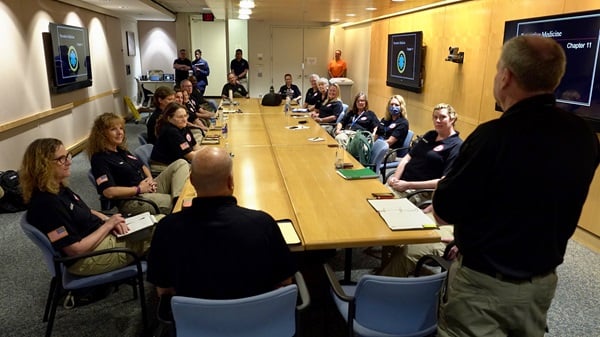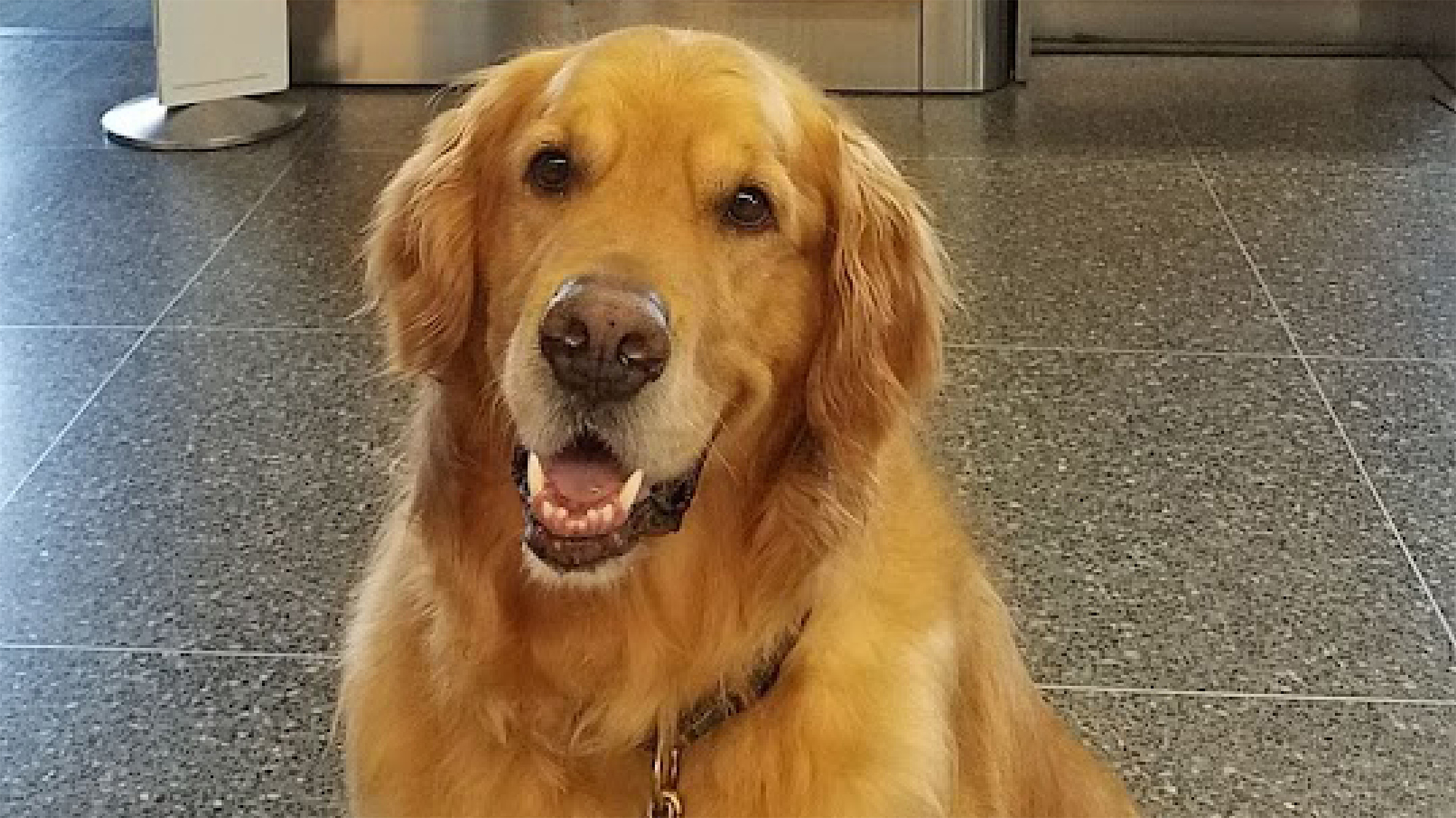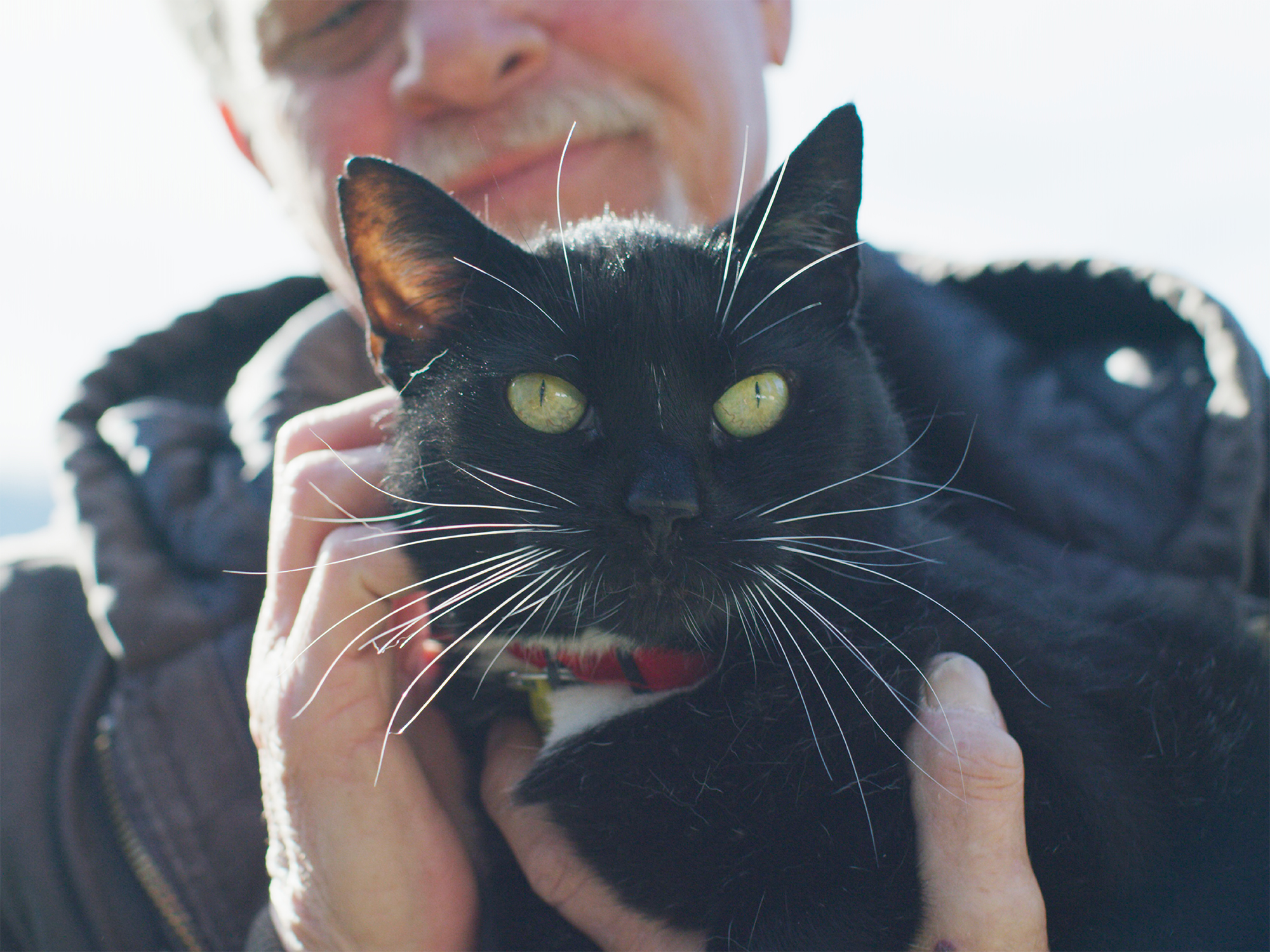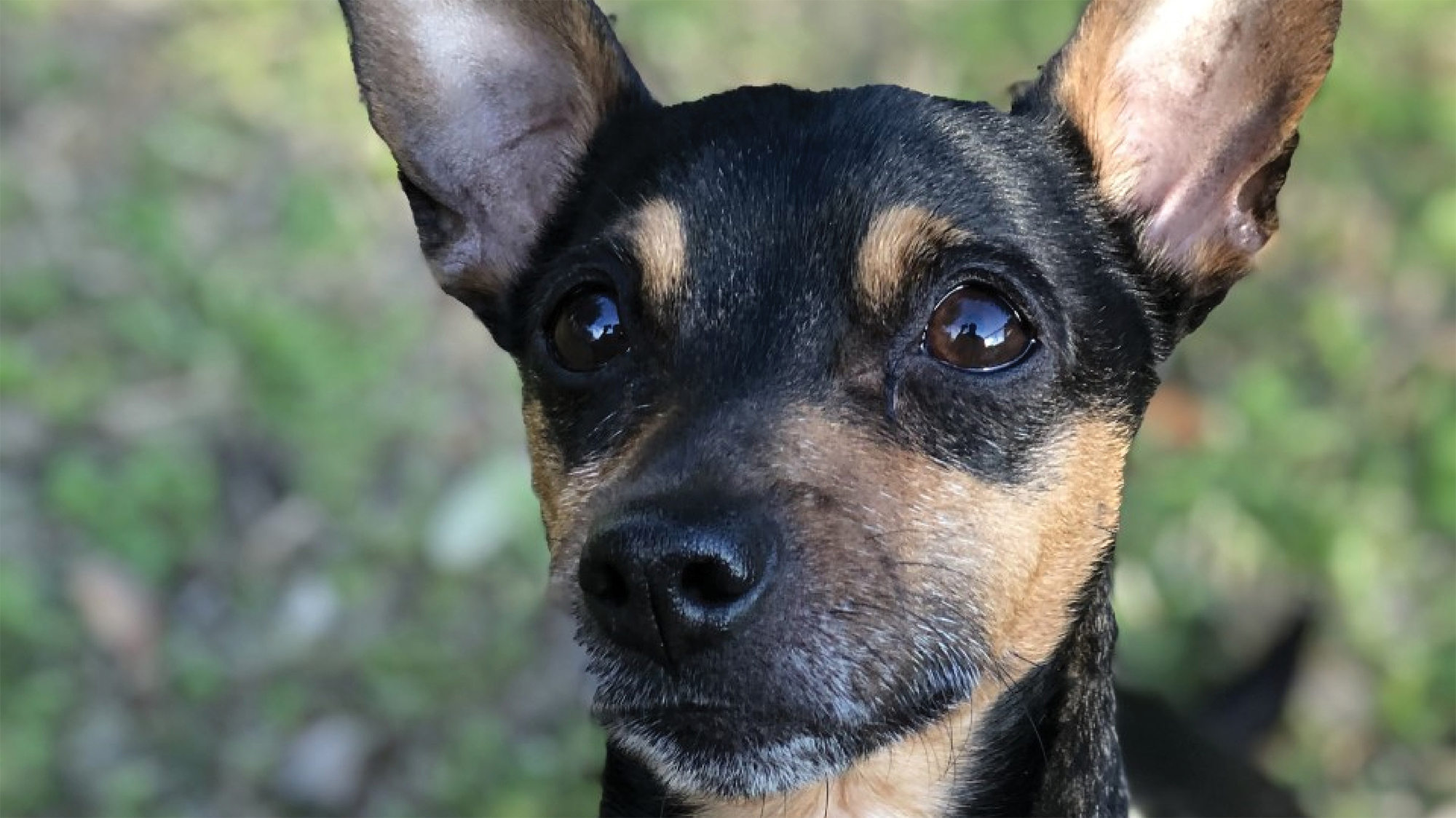In the aftermath of the attack, I was looking for meaningful ways to contribute my time and talents and learned about the Veterinary Medical Assistance Team (VMAT), funded and supported by the American Veterinary Medical Foundation – and I applied and was selected to join this team soon after in 2002. The name has since changed to the National Veterinary Response Team (NVRT) which is a part of the National Disaster Medical System (NDMS), a federally coordinated emergency healthcare system within the Department of Health and Human Services (HHS) and activated in times of need.
Disaster response personnel have to be prepared to respond within 12 hours of notice for two or more weeks at a time, which means that family, colleagues, and employers of disaster responders are all impacted and make sacrifices for the response. My teammates are tremendous people with a wealth of professional and personal experiences that contribute to the team's strength. We also complete regular training both through online courses and in-person, which is important to make sure everyone knows how to stay safe in a disaster zone and work well together.
In addition to deploying for disasters, over the past 18 months, veterinarians and veterinary technicians on NVRT have also responded with other NDMS resources for COVID response and vaccination events and to assist efforts to manage the humanitarian needs at the southern border.
Another federal need for veterinary support was recognized with the increased use of federal working dogs and horses at National Special Security Events (NSSE) like the Inauguration and Independence Day celebrations. These specially trained canine and equine officers and their human partners provide such meaningful functions as explosives detection and crowd control during times of heightened national security such as international meetings (G-8 summit), gatherings of political leaders (Republican and Democrat National Conventions) and large crowd scenarios in Washington, DC.
In addition to deploying to disasters such as Hurricanes Katrina and Sandy, I have had the opportunity to deploy three times to the National Independence Day Celebration on the National Mall with NVRT to provide monitoring and emergency medical care for the working canine and equine officers of the National Park Service Police. This event typically draws hundreds of thousands of people to the National Mall, with challenging working conditions for animal officers like high heat and humidity.
Safety and preparation are the names of the game. During the National Independence Day Celebration, the workday began at 6:00 am for the canine teams. The officers conducted the first sweep of the grounds and ended around midnight once the crowds dispersed. Safety is at the forefront for the working animals to monitor their response to environmental conditions. Preparation is essential because we have to be ready to respond at a moment's notice if an officer becomes ill or is injured and provide lifesaving emergency care in the field around a crowd of people.
While working dogs can be easily readied for transportation, if a working horse goes down in the middle of a crowd far from any veterinary services, it takes a coordinated team effort to get that horse to safety and provide the emergency care needed.

While disaster events vary in different parts of the United States, no location is 100 percent "safe"; therefore, all pet owners should have a pet evacuation kit for their pet that can be accessed quickly. Online resources and educational materials abound for pet owners, including our own VCA Emergency Pet Care Guide, which includes a checklist to build your own pet evacuation kit.
Here are some examples of what pet parents should include in their kits: enough food and medicine for 3-7 days and don't forget food and water dishes; cleaning supplies; a pet first aid kit; sanitation items (like a litter box and litter for cats); essential documents (such as the name, phone number, and address of your family vet, identifying photos of you or your family members with your pet and vaccination information); emergency contact numbers for veterinary care; travel supplies; and comfort items.
All pets should have both microchip identification and a collar with tags in case a microchip reader is not available. If you become separated from your pets, sheltering organizations want to see photos of you and your pet together to assist in returning lost pets to their rightful owners. If your pet does not wear a collar with tags routinely at home, make sure to include those items with your emergency kit so you can find it quickly if you need to evacuate.
At VCA, we believe so strongly in helping respond in times of need that we announced a new disaster relief initiative this month. VCA will match donations made to VCA Charities in September up to $50,000, doubling the impact we can make together in response to disasters. To learn more about this program and donate, visit VCACharities.org.
“Being prepared isn't just for those of us on the NVRT; it is also crucial to disaster response for pet parents as well.”





